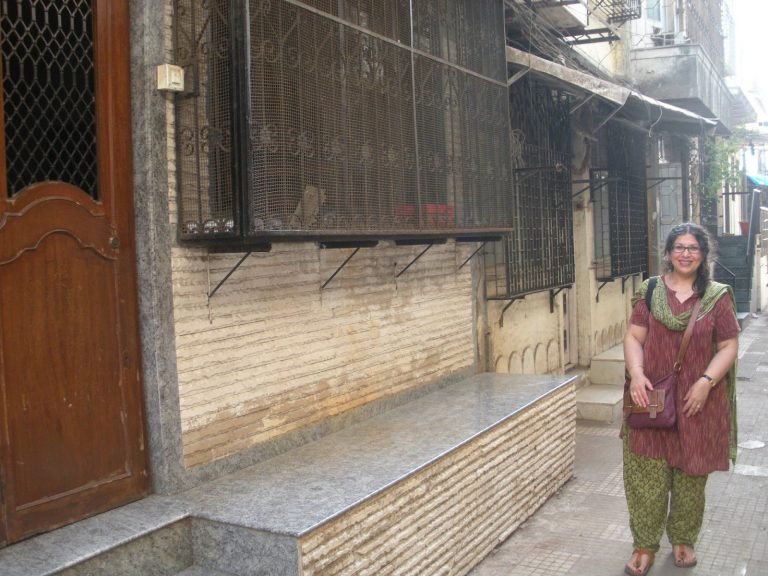
I have been talking with my parents and their siblings about a crucial turning point in their lives, the move from Karachi to Bombay after the Partition of India in 1947, when they were still children.
Umeeta Sadarangani
Our childhoods remain with us, coloring our experiences as adults, affecting how we make sense of the world. The older I get, the more I realize how much of my past I keep with me, how vivid my seventh birthday is, how clear the memory of a high-school field trip in Kuwait. My memories include emotions and physical sensations. As I have entered middle age and this awareness about my past has grown stronger, I have realized that my parents, thirty-one years older than I, also have their childhoods inside them–an obvious conclusion but one that is also startling.
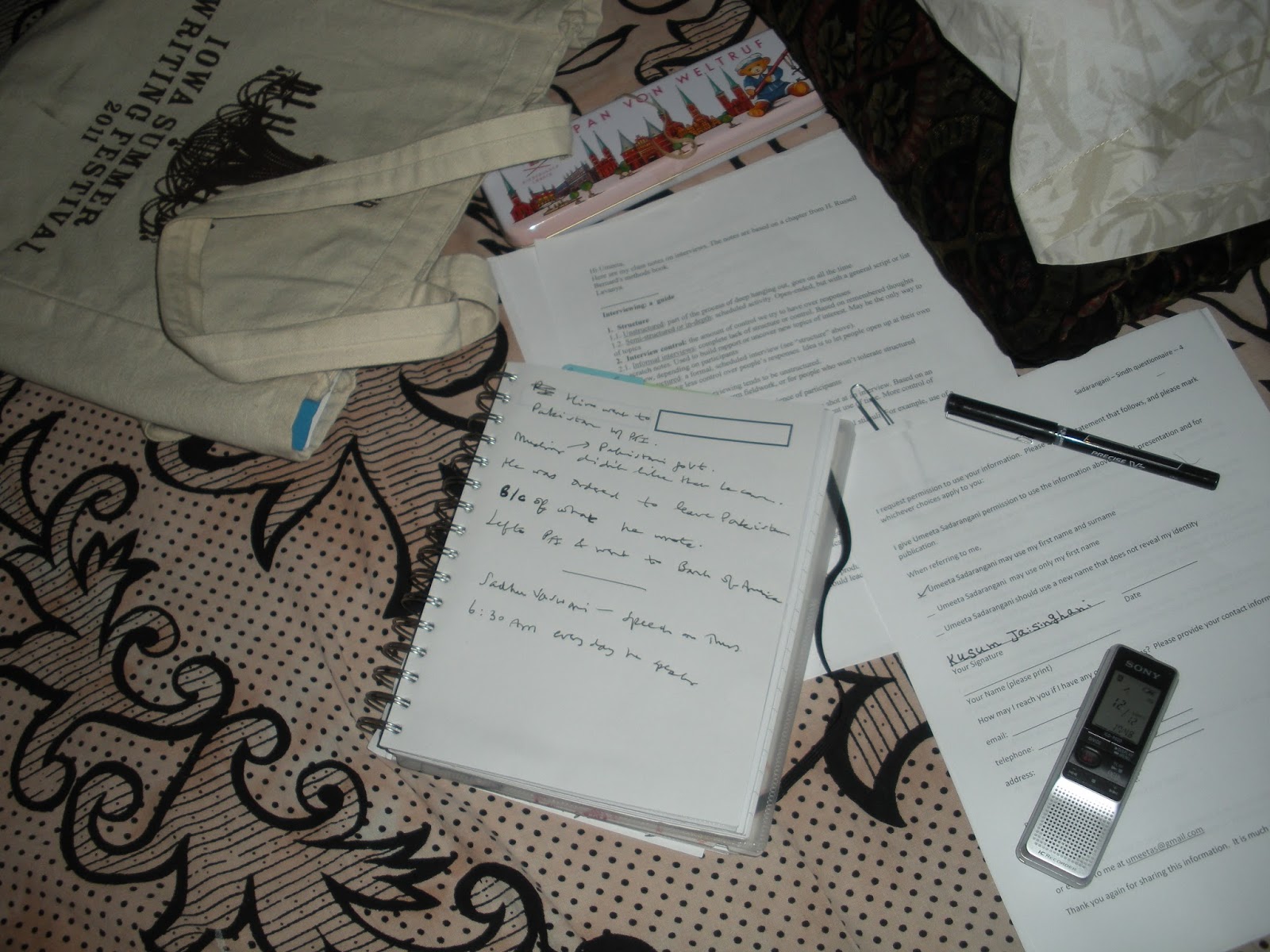
In recent years, I have been talking with my parents and their siblings about a crucial turning point in their lives, the move from Karachi to Bombay after the Partition of India in 1947, when they were still children. During these conversations, I have been listening, through these adults’ memories, to the experiences of those children.
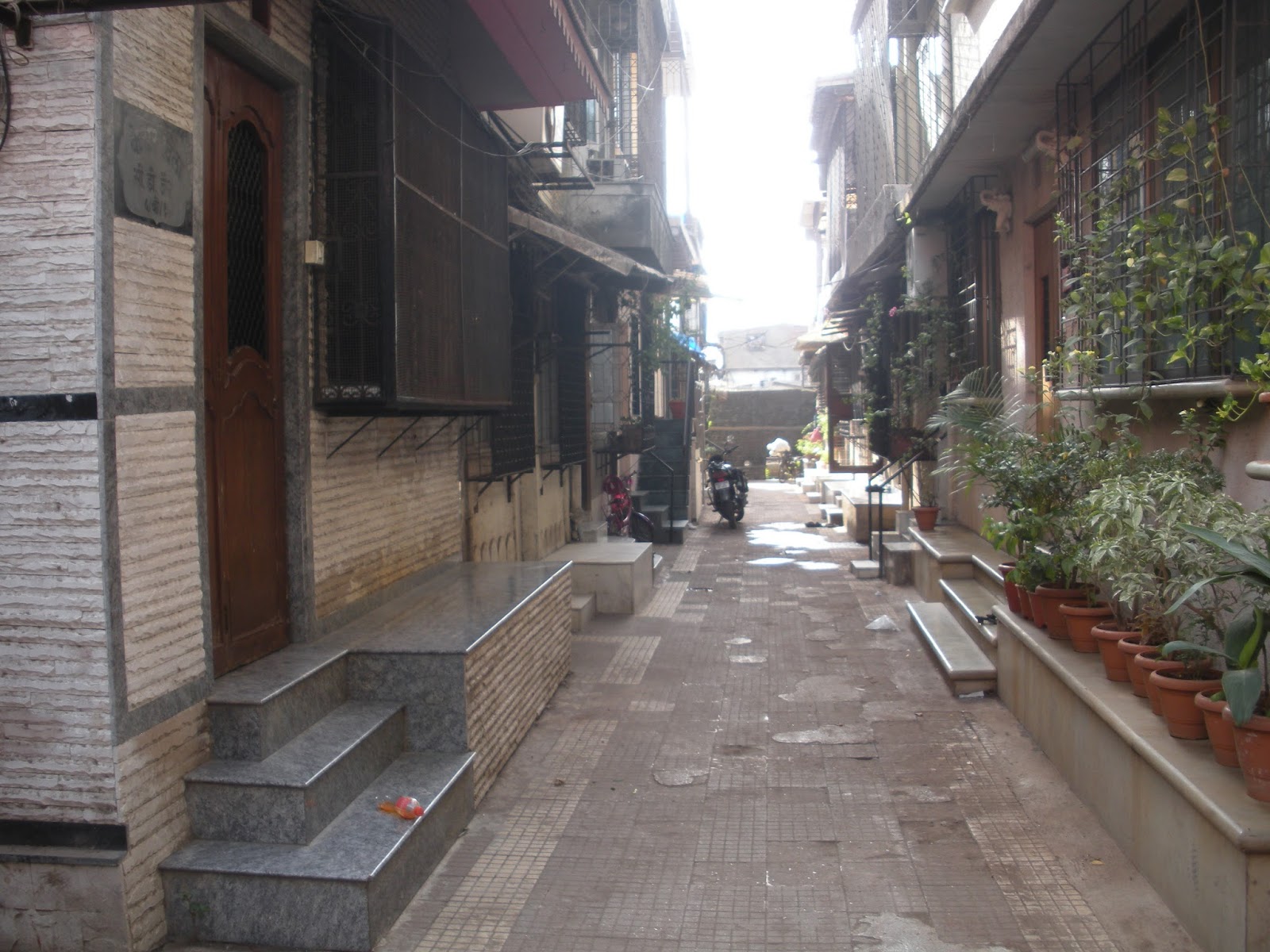
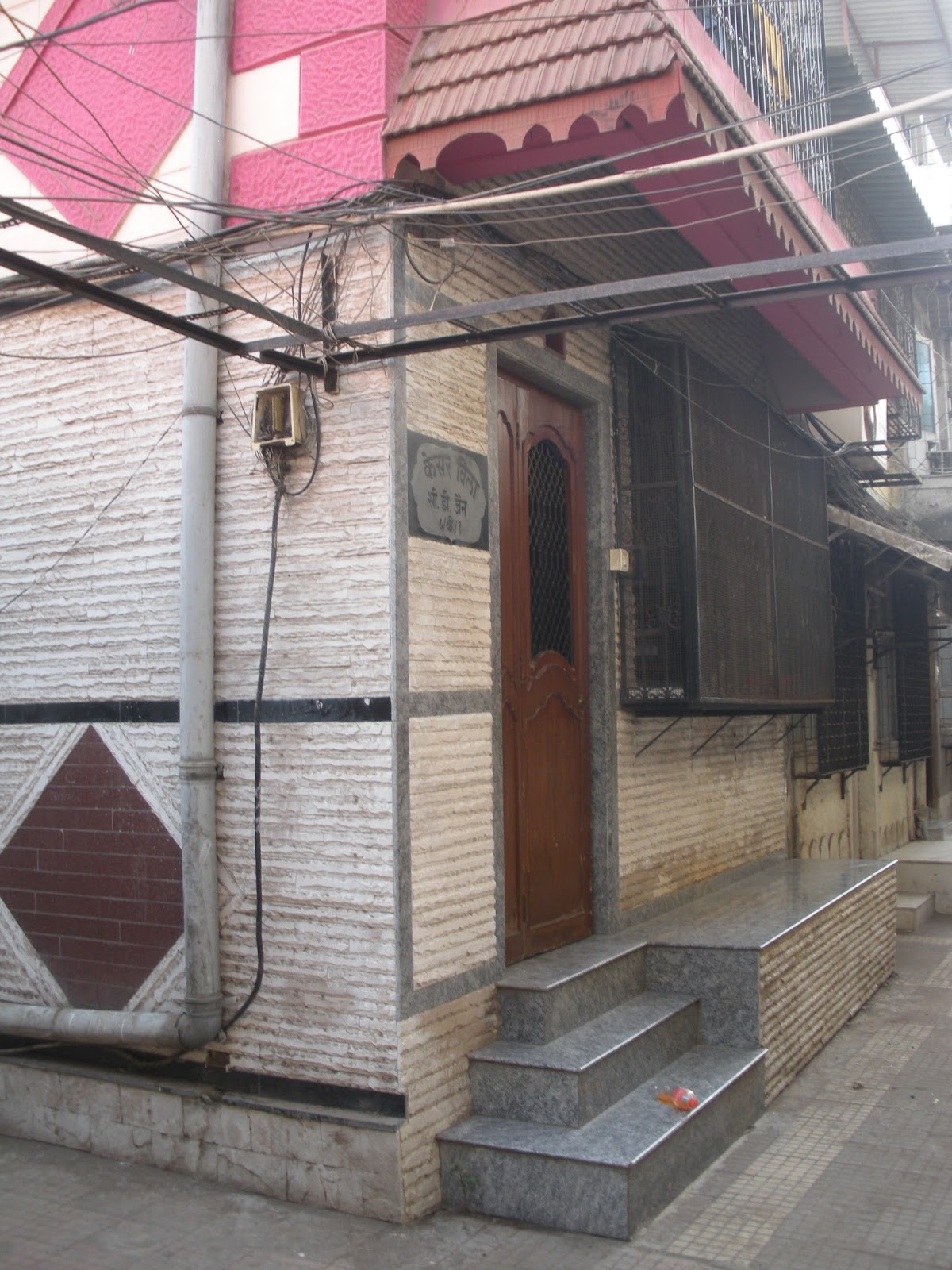
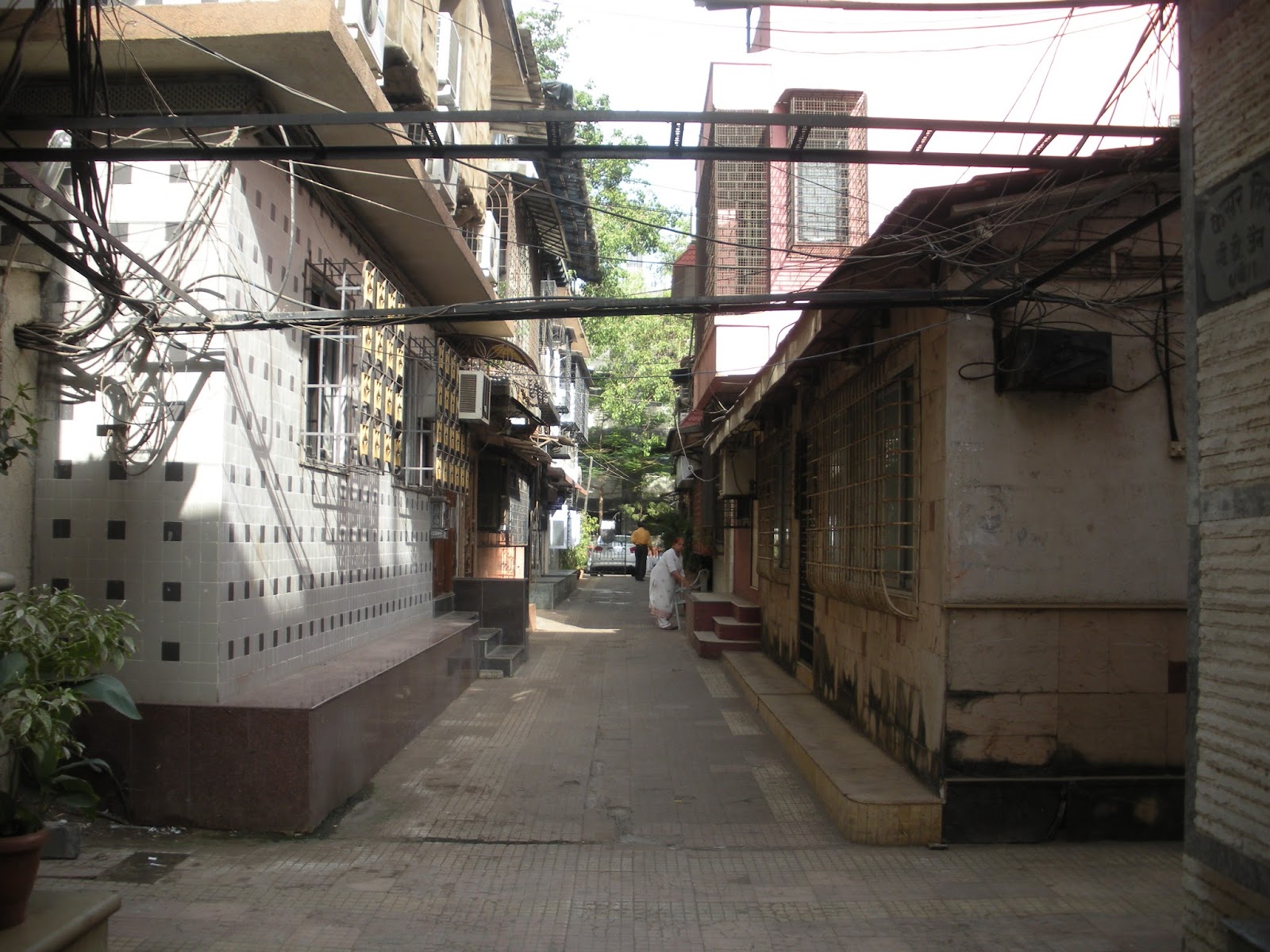
My short essay, ‘How to Interview Your Mother About Her Lost Childhood’ was published in Bluestem magazine. The link given here will take you to the essay and to an audio recording of my reading of the essay. (Here is the link to my essay)
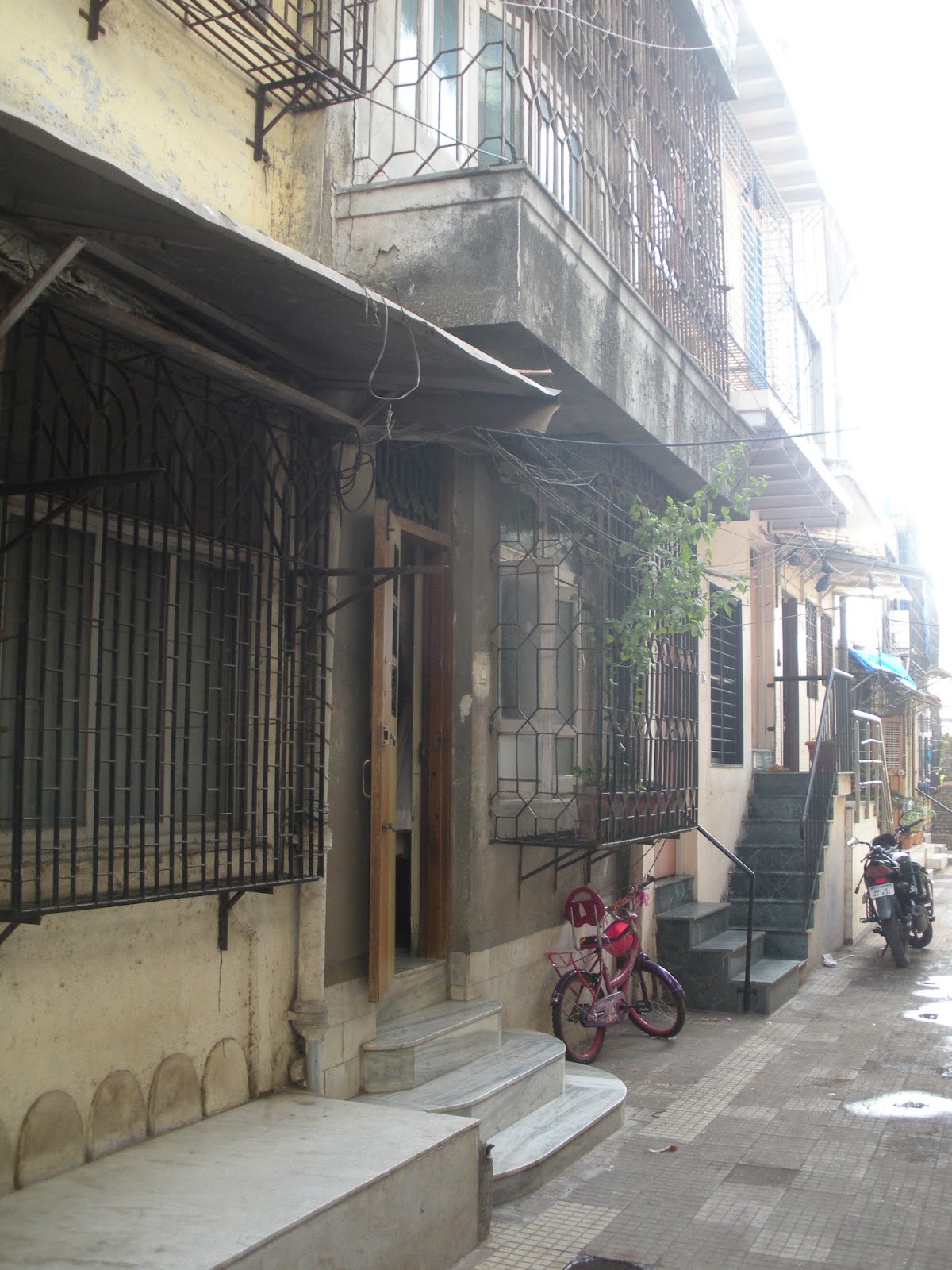
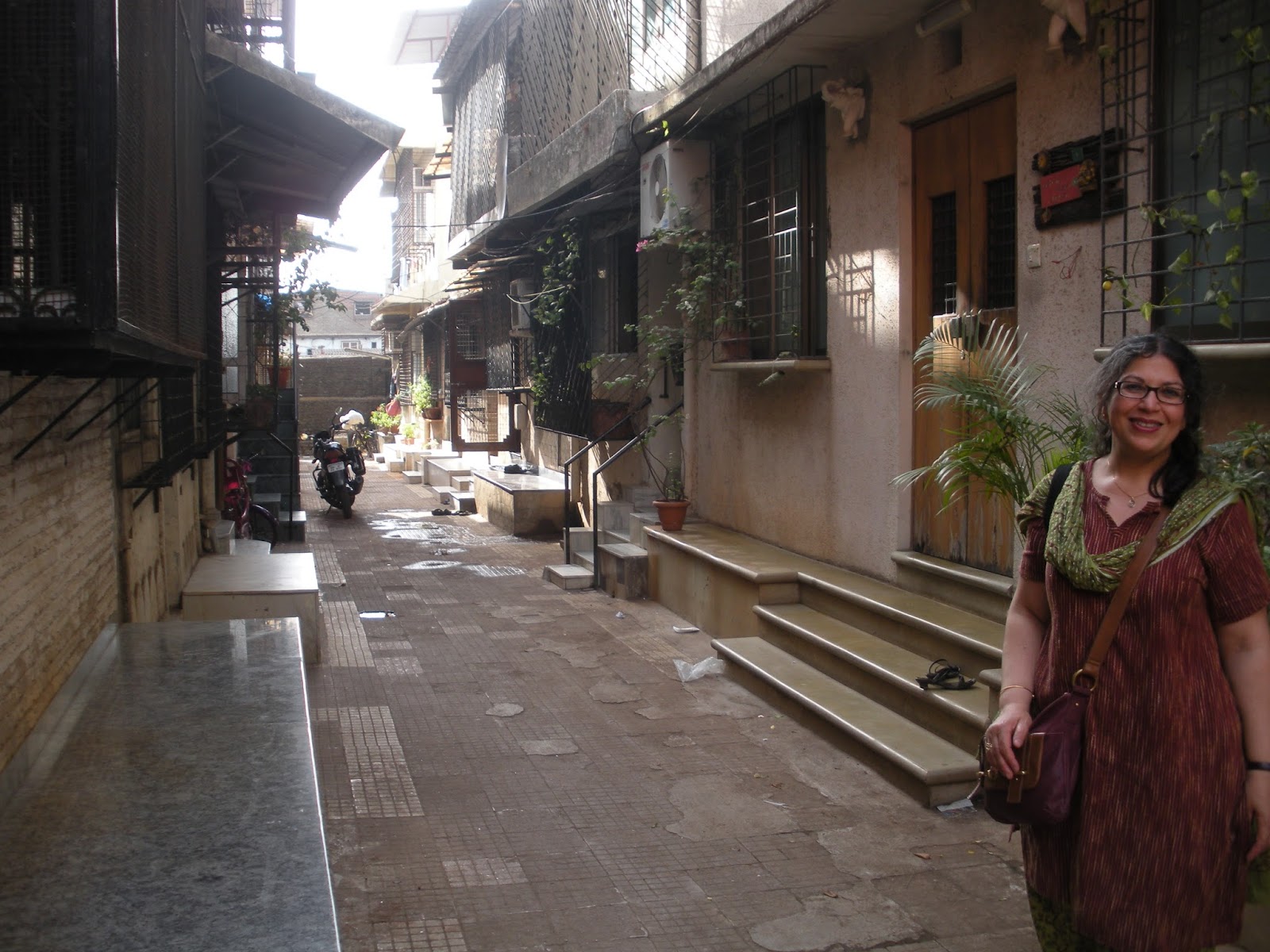
Before that issue of the magazine was released, I showed my mother the essay, nervous about her response. “It’s all the truth. It’s short and sweet,” she said. And then she added, “You write really well. You should write a book.” I thought of the essay and laughed. After you read it, you’ll see why.
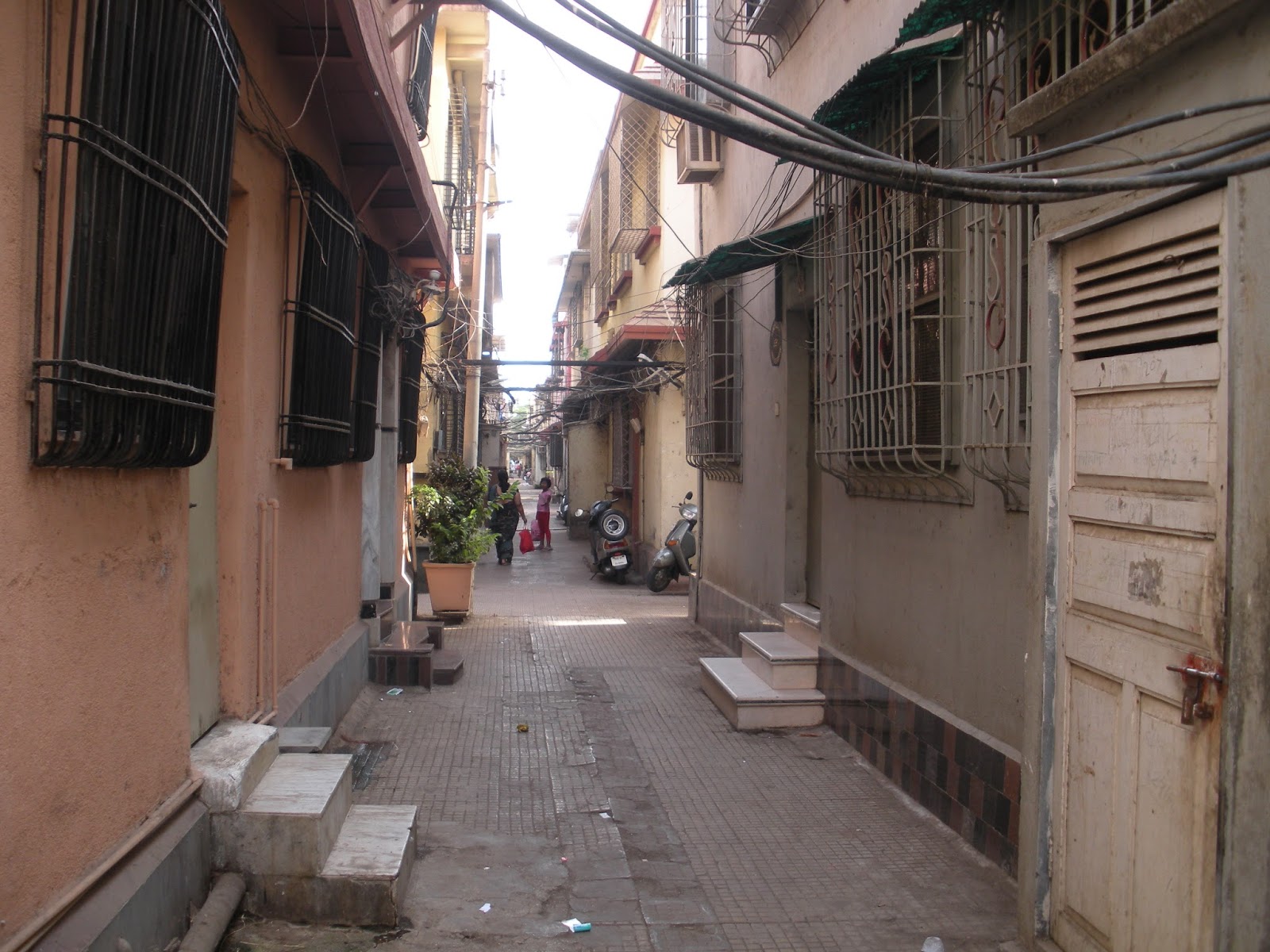
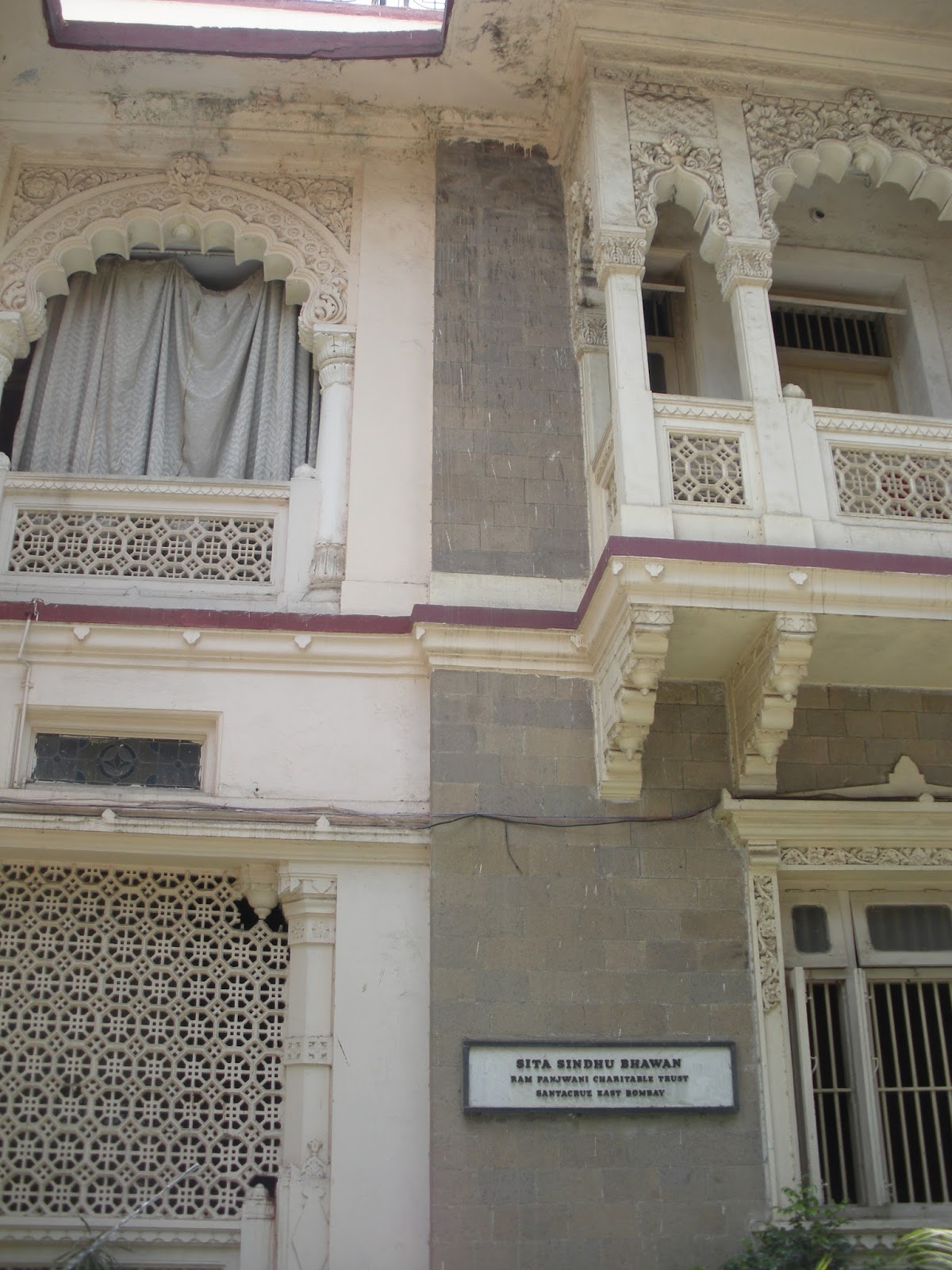
I have shared some photos I took in 2012 in the Sion Sindhi Colony, the location of the first permanent homes in which my parents lived in Bombay. They happened to live two doors from each other. When I returned there, after a gap of many years, I was struck by how narrow the lanes were. The homes on that lane now are sturdier and fancier than the ones my parents’ families built in the late forties.
____________________
Umeeta Sadarangani is a reader, a writer, a teacher, and an artist. She was born in India, spent her adolescence in Kuwait, was educated in the eastern United States, and is settled in the Midwest. “Raised in multiple faith traditions—Hinduism, Sikhism, Sufism—I am an agnostic Unitarian Universalist. These identities and experiences are the lenses through which I see the world. Paying attention to the small acts and interactions, the moments that make up daily life, I learn about myself and about the world,” this is what she says.
Courtesy: Transplanted on the Prairie (Published on October 31, 2015)